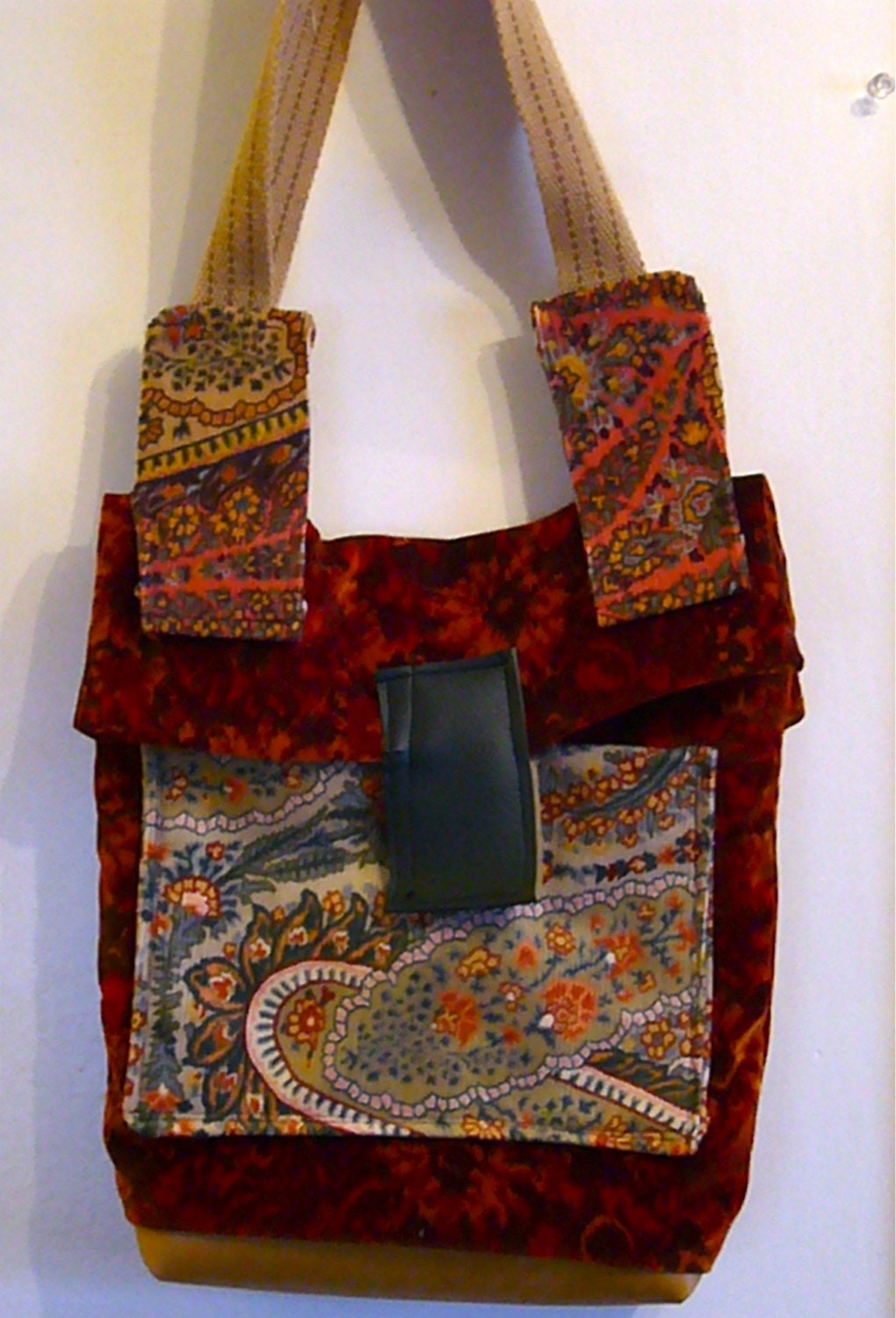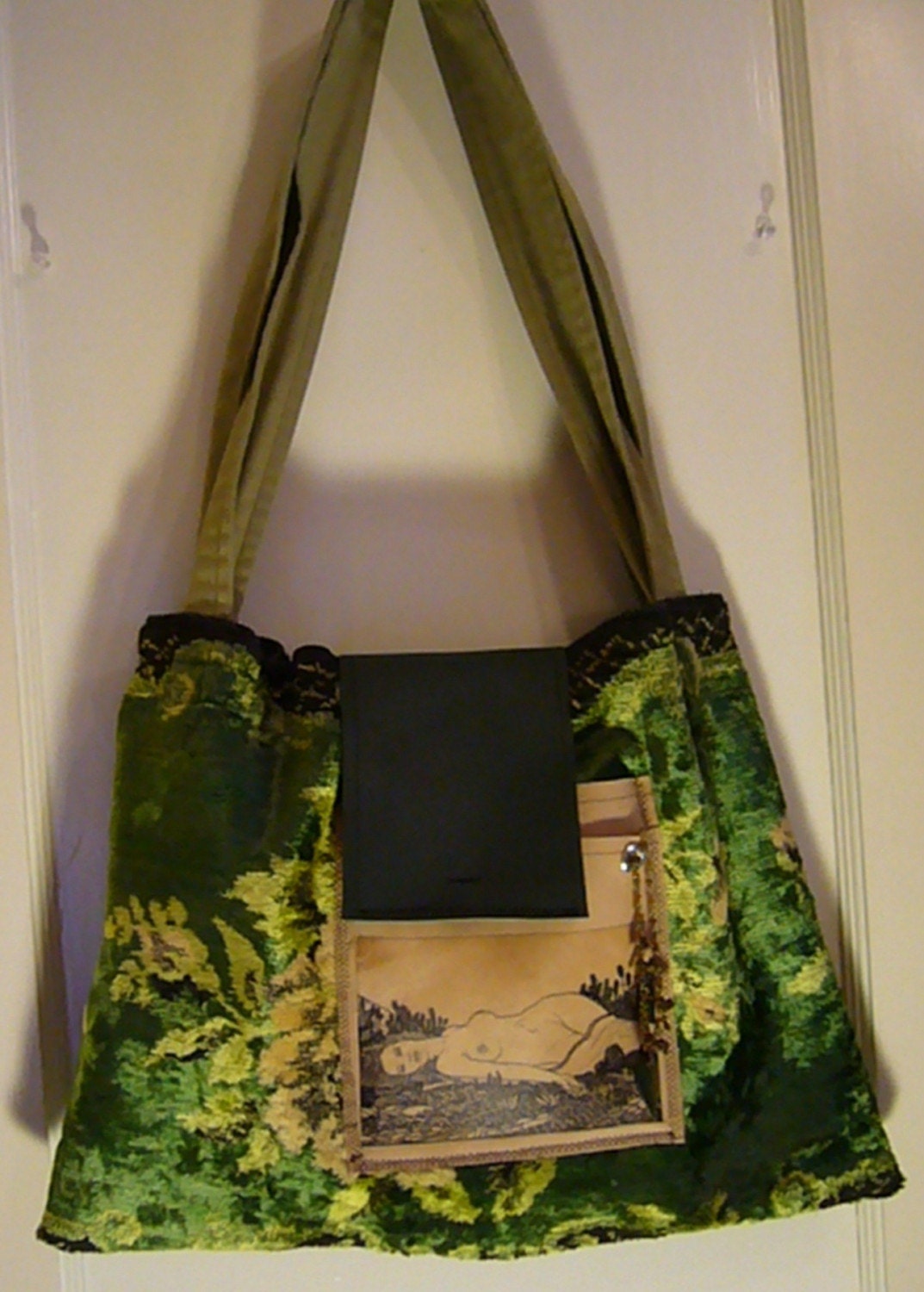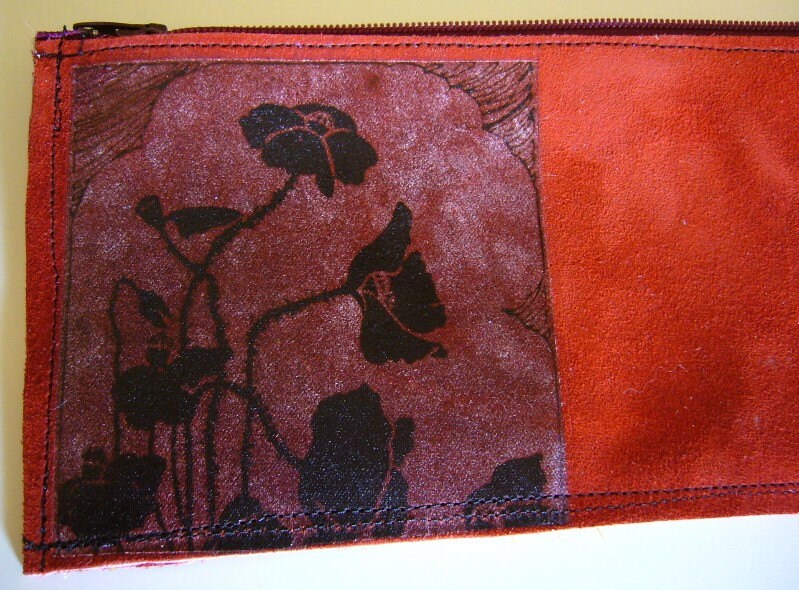
*photo of my friend Patty's B-day clothing swap (i'm far to the left sitting on the floor)
What You Need to Know for Successful Clothing Swaps
- Play hostess
You're putting together a party: make it feel like one. Give people plenty of notice, and send out actual invitations (even they're electronic) instead of doing word-of-mouth. Make sure you have food and drinks available—we all know shopping is exhausting!—and put some thought into your guest list: if all your friends have the same style, you might just end up with eight nearly-identical black blazers that no one is willing to pick up; on the other hand, if none of your invitees have even remotely similar tastes, then it might make it hard for everyone to find new pieces they love. - Get organized
A huge pile of clothes on the bed, stacks of shoes in the corner, and a jumble of necklaces on the dresses isn't doing anyone any favors. Set up different shopping areas—use a bar or rack for hanging dresses, a table for folded t-shirts and sweaters, a peg board to hang jewelry, and a long space (like a hallway) to keep those shoes in line, with plenty of mirrors throughout. Then develop a system: whether you want to organize by occasion—work wear, formal, casual—color, size, or designer, just pick a format that makes sense to your friends and go with it. - Set some ground rules
You don't have to be bossy about it, but specific guidelines about what people should bring will save you all a lot of hassle on the day of the swap. Some are just common courtesy: Items should be cleaned—dry cleaned, if necessary—and in good condition, without holes, rips, or stains. But others are more your call: what if a giver changes her mind after one of her items has been chosen? What will you do if your friend thinks it's unfair that she brought Burberry while everyone else brought Isaac Mizrahi for Target? What if two guests go for the same item? Better have a tiebreaker at the ready. And it doesn't hurt to have the name and number of a good tailor on hand, either, especially if it means your size 2 friend can go home with that size 6 dress and not think twice. After the party, plan to donate anything that wasn’t chosen to your local Goodwill or Salvation Army. - Keep thinking
Now that you're a pro at swapping your own clothes, think bigger: what about setting up a swap for baby and kids clothes? Hand-me-downs are a right of passage for them, and you'll be glad you saved money on a dress she wore once before outgrowing it. You could also take the process one step further and swap books, movies, board games, home decor (like throw pillows or framed prints)—and, of course, set up a time to swap back if you'd prefer these only be temporary lends. Bringing in something that's new to you gives you the same thrill as a daylong shopping spree, but without the same damage to your budget.




